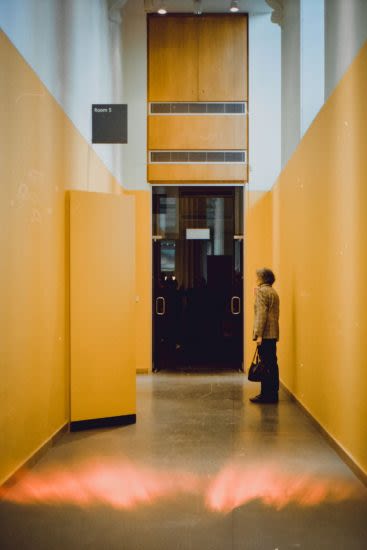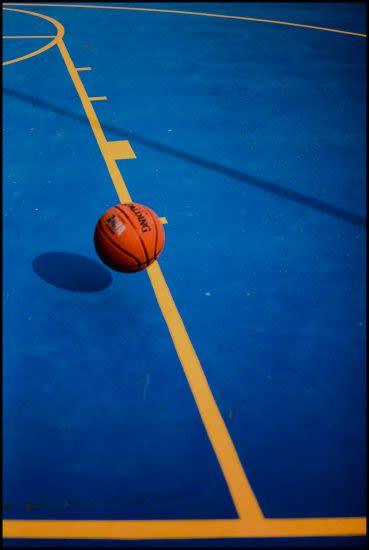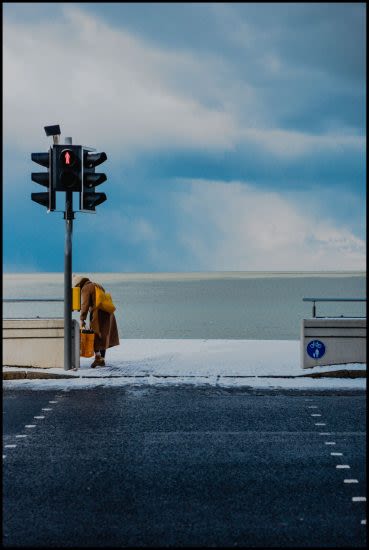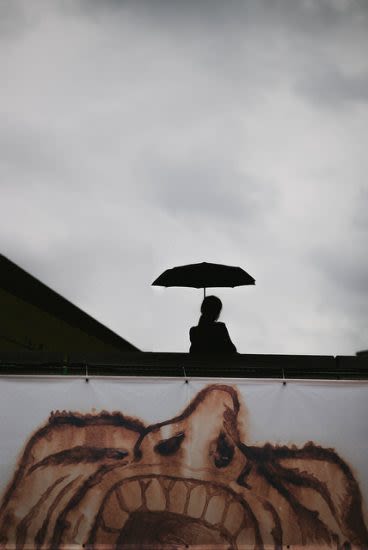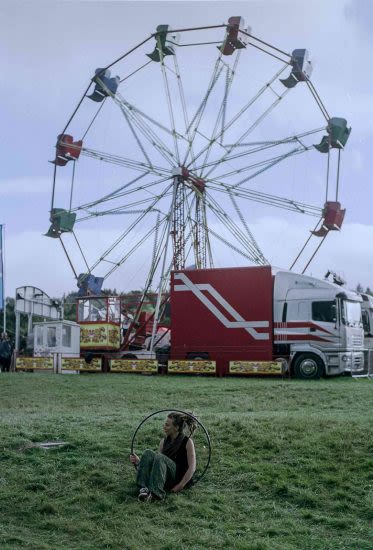
Talking with tutors: Street Photography
We’re always growing our offering of short courses at LCC, with developments in the creative industries and new opportunities for learning emerging frequently – we recently launched 6 new courses including Landscape Photography, UX Design, Brand Strategy amongst others. We caught up with the tutors Simon King and David Babaian from one of our latest additions Street Photography to hear about what opportunities London gives to street photographers with some advice for aspiring photographers.
Simon King, an alumnus of BA (Hons) Advertising at LCC found his love for documentation of great characters using photography during his studies. Similarly, David didn’t study as a photographer at university but went on from his Literature degree to become a freelance photographer.
Both Simon and David work freelance across London on photography projects, we caught up with them to hear about their challenges, successes and advice for upcoming street photographers.
So, what encouraged your career in photography?
S: Similarly, to advertising, photography as a career means something new almost every day, and the ability to learn as well as apply knowledge to a situation. Of course, this would be possible if I kept photography as a hobby, but for the stories I want to be telling I had to have this as a career. Street photography specifically allows me to explore parts of the city (and indeed, world) that no other career would take me to.
D: There has always been a special place in my heart for photography, a few years back I had a couple of redefining moments which made me explore photography properly and dedicate my time to it. I jumped in and made lots of mistakes, spent lots of time and money but in the end managed to understand, and find what it was within photography that interests me.
Tell us about your career in photography so far Simon?
S: I’ve focused on developing a portfolio and a reputation which takes time, I’ve been able to take the storytelling aspect I enjoy and apply it to commercial work. Also learning over time which jobs will pay the bills and which will take you in the right direction. Within my career I’ve been exploring photography in fashion and production, which is something I’d like to work more within.
Gallery
How did you both start working professionally in photography?
S: I got my foot in the door at London Fashion Week, I had a few contacts with fashion magazines. I was able to network with models, develop their portfolios, while working on producing concepts with them. I became more confident in my skill across varied styles of photography, feeling I could be trusted to work in environments of high pressure and importance alike to fashion week. I worked on securing further magazine and editorial commissions, pitching ideas and waiting for the right editor to accept.
D: Whereas I was the good ole cliché, I jumped into trying to do what I love as a profession – I would have definitely regretted not giving it a go. I’ve learnt so much in the process of working professionally across a varied selection of projects.
Within both of your works London features heavily, what opportunity do you think London gives to aspiring street photographers?
S: London is a diverse city, with a range of architecture to choose from for atmosphere, and interesting characters for street portraits. There’s always more to find and explore, the proximity to any number of indie and mainstream magazines, platforms, agencies and so on who you can introduce yourself to in person. In London it’s entirely possible to work on a range of ideas and stories in the public squares, parks, and other open spaces/streets which may be difficult elsewhere.
D: It’s large, its connected, its disjointed it is in conflict with itself. It has the world’s super rich and super powerful living opposite to some of the poorest, it’s dynamic it has such a wide and diverse cross section of the world living in one city. It is a cinematic backdrop, different every day.
What would your top piece of advice be to an aspiring street photographer?
S: Instead of looking for stories to tell on the street, try and find a way to tell your own story using elements found in the street. Going out every day and looking for something to happen in front of you can often lead to depressing results but going out and looking for things that speak to you personally, and then finding a way to incorporate that into your story can be much more rewarding and can help build a direction for your portfolio.
D: Don’t do it for anybody except you, take advice and speak to photographers and artists. Learn techniques and learn from your connections. Produce the work you would like to produce, take criticism but don’t let it knock you from your path. Stick to what your heart tells you not the trends on Instagram.
